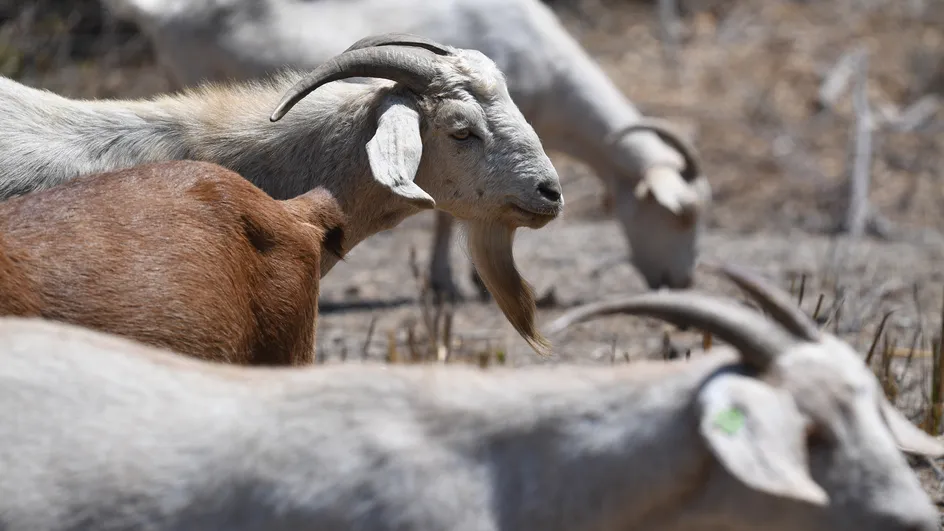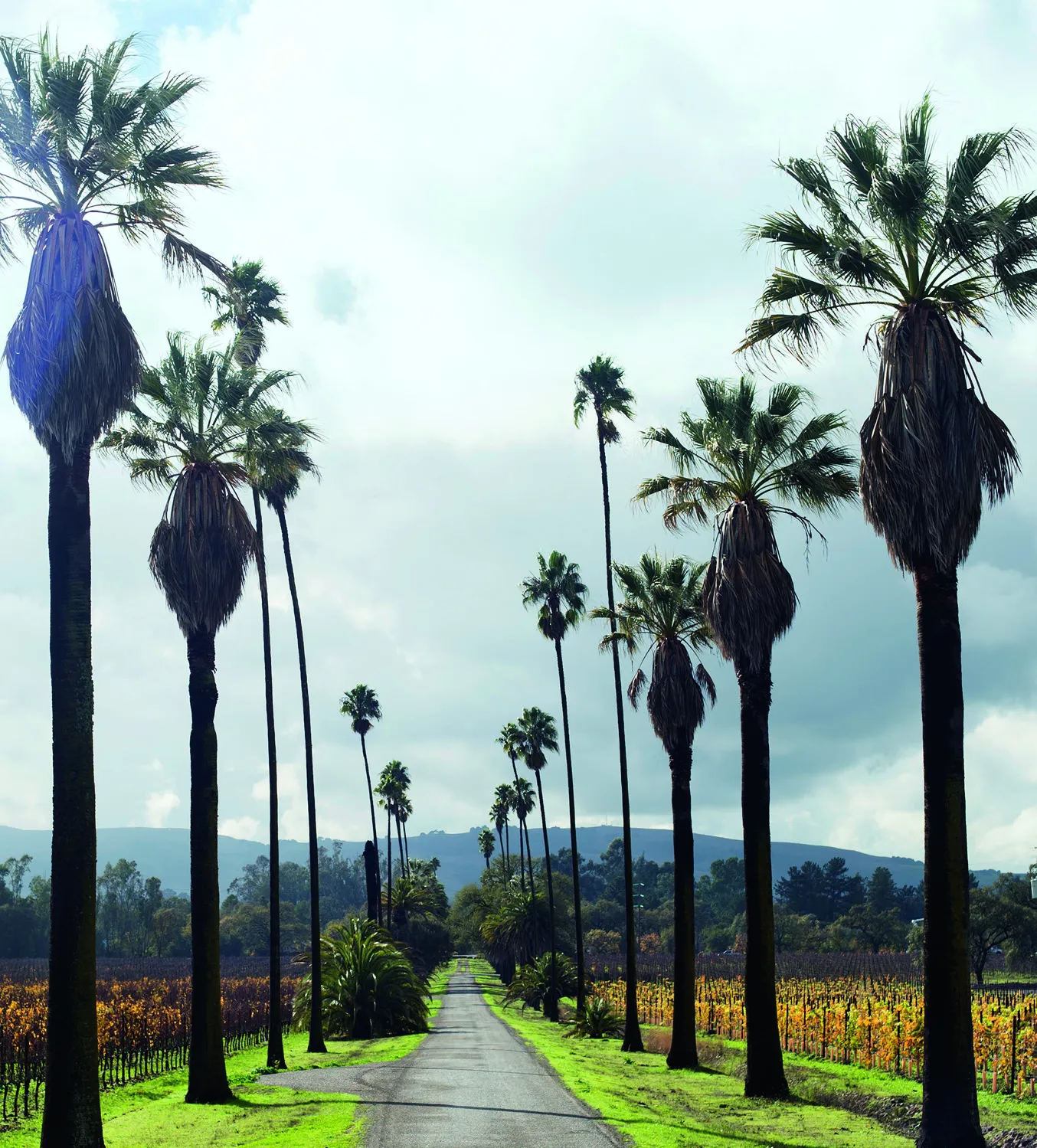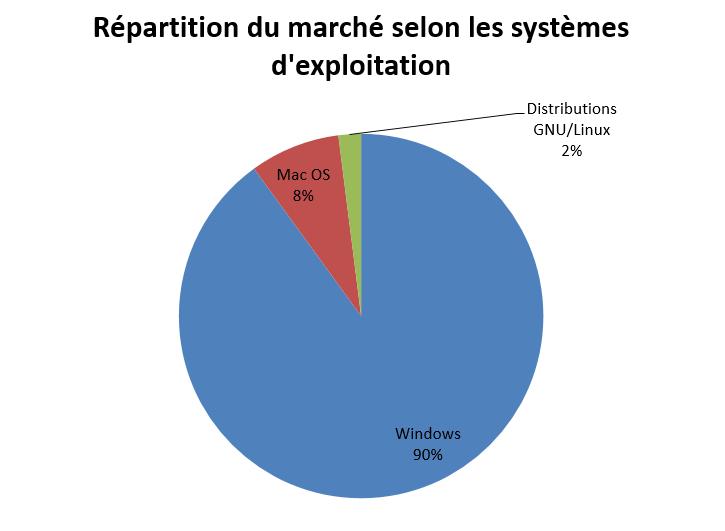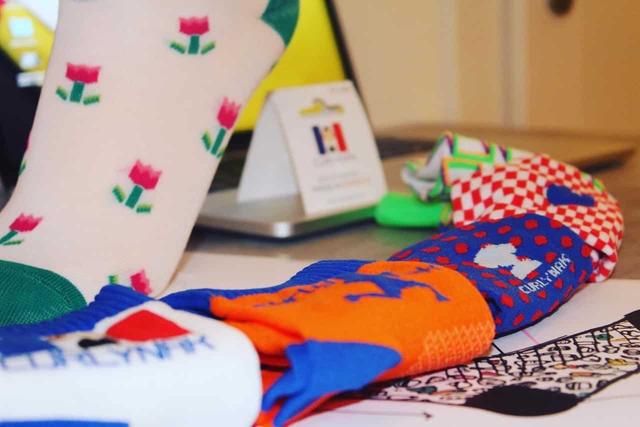Diwali, the Indian Enlightenment Festival
Diwali is a Hindu festival that marks the victory of good against evil, light against the shadow and coincides with the new moon, called amāsvasya.The celebrations last five days, they start two days before the new moon and extend two days after.
In 2021, the festival begins on November 2 and ended on November 6: November 4, the main day of the festival, was a holiday in all of India, November 5, was a holiday in certain states only including the Maharashtra.
Diwali, a festival celebrated throughout India
For the Hindus, Diwali commemorates in particular the return to the city of Ayodhya after fourteen years of exile in the forest of the god Ratama accompanied by Sita (one of the divine incarnations of Lakshmi, the companion of the god Vishnou), of his younger brotherLakshmana and a faithful, Hanuman.
At the same time, many Buddhists in India celebrate the anniversary of the Buddhism of the Emperor Ashoka.
Likewise, the Jaïns celebrate the Festival of Enlightenment in honor of Mahavira, the God who reached Nirvana and defines the central spiritual ideas of Jainism.
For sikhs, Diwali coincides with the return of Gwalior prison of the sixth nanak (the nanaks are the gurus of sikhism).
Diwali, five days of festivities
Each of the five days has a precise meaning during the festival.
The first day, called Dhanteras, it is considered good to buy new utensils or even better precious metals, gold or silver.
On the second day, Choti Diwali or Narak Chaturdasi, marks the triumph of good on evil.Housing is illuminated with small oil lamps called Diyas.
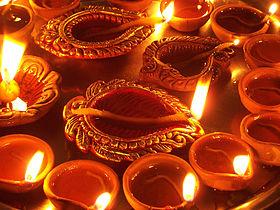
The third day is the main day of the festival and celebrates the goddess Lakshmi, the goddess of wealth and prosperity (it's Lakshmi Puja).The houses are cleaned and decorated to accommodate the latter.In the evening, the door lead is again lit with small lamps and friends and families exchange sweets and gifts while praying to Lakshmi.In Western Bengal and in certain states in the North East India, we celebrate the goddess Kali that day (it's Kali Puja).This day is generally a holiday in all India.
During the fourth day, Govardhan Puja or Padwa or Varshapratiprada depending on the region, the gods residing in the temples are bathed in milk and dressed with new clothes.
On the fifth day, Bhai Dooj, is dedicated to the brothers and sisters (just like the Raksha Bhandan festival which takes place in August).
Diwali, a stimulus for the Indian economy
Economically, the period of Diwali is comparable to that of Christmas in Europe.Household consumption increases significantly and the season generally represents 35 % to 40 % of sustainable consumer goods sales.
The tradition recommending to dress nine to visit the family and exchange presents, the Indians, whatever their income, spend a lot during this period: clothes, gifts and sweet and salty delicacies.In addition, it is a good omen to make purchases in honor of Lakshmi.
It is a boon for all traders, from small shops to large brands, including online sales sites.
In Mumbai, the potters of the Dharavi district that produce DIYAS, traditional festival oil lamps are in full swing to feed the whole city as well as part of India.Fireworks and firecrackers who are also part of the symbolism of light and the victory of good on evil are the flagship products of Diwali and the sellers flourish on the sidewalks all over the cities and villages.
Diwali, a factor in increasing air and sound pollution
As several studies have confirmed, the countless firecrackers drawn during the festival released polluting particles in the atmosphere.In northern India, this period coincides with the preparation of the fields after the harvest.Farmers in these regions mainly use the burning technique to accelerate the soil regeneration process and thick smoke released when the harvest debris are burned are added to those produced by firecrackers, even more increasing the pollution of theair.
In order to limit pollution, in October 2017, the Supreme Court had prohibited the sale of fireworks and firecrackers during Diwali, but had not banished its use.However, this decision had raised an uproar, the opponents arguing that the court went beyond its rights and hampered religious rituals.Aware of the problems posed for the environment, the Laboratories of the Council of Scientific and Industrial Research (CSIR), a government research organization, have developed several types of fireworks and “green” firecrackers that the Ministry of Health hasLaunched on October 5, 2019.“Greens” products are certified and recognize themselves thanks to a green logo and a QR code.The government hopes to replace part of the fireworks and firecrackers sold for Diwali with these new products which are less toxic to the environment.
In 2021, as Diwali approaches, several states prohibited the use of firecrackers to limit air pollution.However, many states have authorized the sale of "green" firecrackers.
Even if Diwali is first of all a religious festival, it is also, like Christmas in Europe, a period of festivities that brings families and friends closer and energizes the economy.


